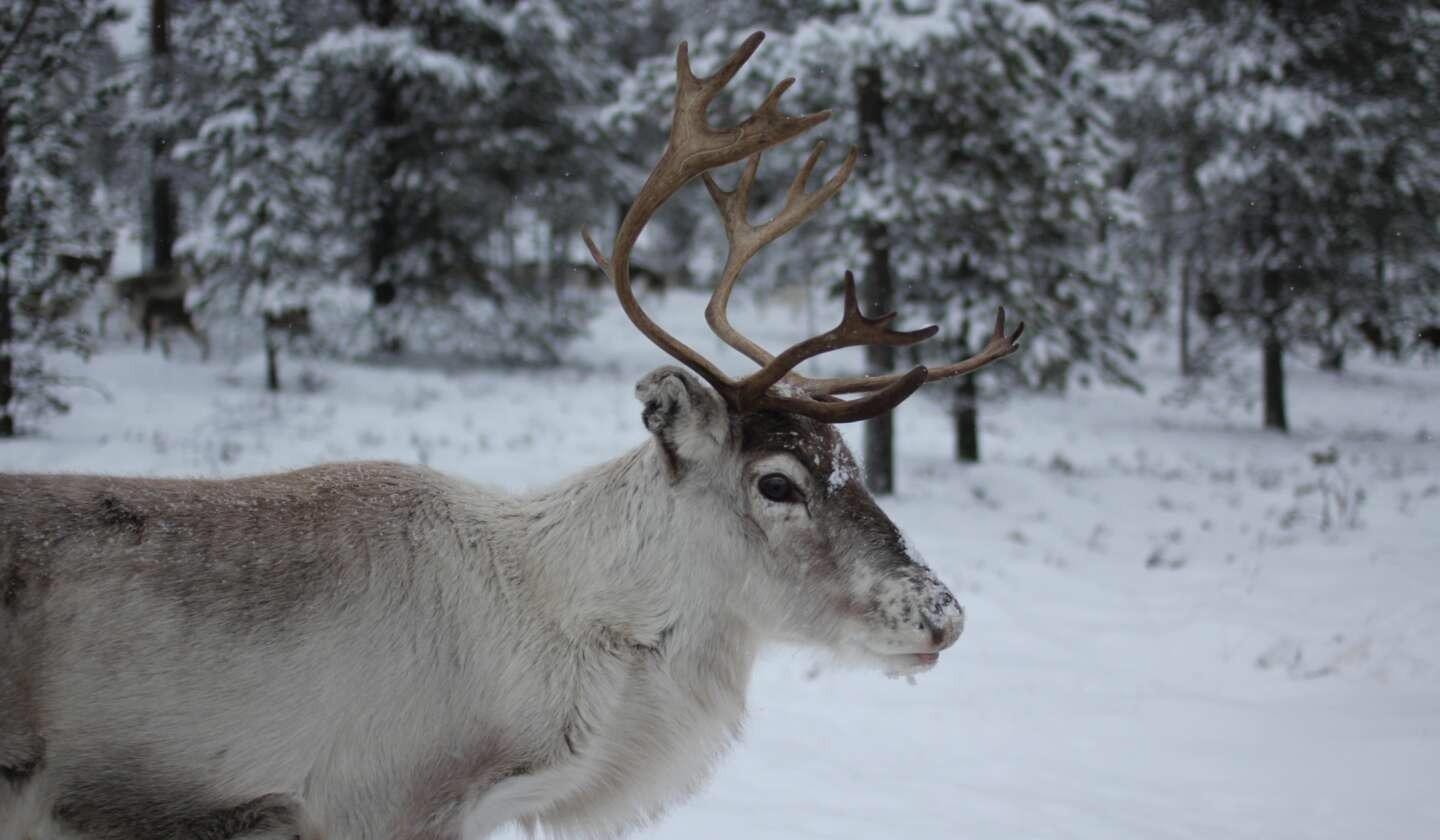May 21 2021
A new study performed by scientists from the Senckenberg Biodiversity and Climate Research Centre shows that widespread land mammal species are not out of trouble when it comes to the negative effects of climate change.

Image Credit: Senckenberg Biodiversity and Climate Research Center.
The study was recently reported in the Ecology Letters journal. The authors discovered that alongside climatic tolerance, the size of the area where a land mammal species can be found relies on how adaptable the species is to its habitat.
On the other hand, the range of its diet has not been mirrored in species range size—even widespread species may have particular diets. If human activities or climate change tend to reduce their favored resources, several widespread yet unique species could go extinct.
In view of the current global change, comprehending why certain species are specifically susceptible to extinction is of vital significance.
To find a solution to this question, a comprehensive analysis has been centered on the connection between the present geographic distribution of species and the range of climatic conditions under which they can live and replicate to sustain viable populations.
But only being geographically widespread and thus to 'feel fine' with even a non-subtle variation in temperature (that is, being a thermal generalist) may not give a species the all-clear.
Wide-spread species are not necessarily generalists in every way or tolerant of all kinds of environmental changes.
Dr Shan Huang, Postdoctoral Researcher, Senckenberg Biodiversity and Climate Research Center
Huang’s statement comes as the summary of the study, in which she and her colleagues analyzed how the range of biotic resources for a species to sustain, that is, its ecological niche breadth, is reflected in the range size of animals at the individual as well as the species level.
To execute this, 543 species of land mammals were examined by the researchers.
Their average individual species range size as well as home range size, that is, the joint distribution range of all individuals that belong to the same species, were compared with data on the diet breadth and habitat range of the species.
The habitat range constitutes how many kinds of various habitats a species can live in and diet breadth means how many different kinds of foods a species tends to eat.
The factors that matter for the average individual home range size and the total species range size are completely different.
Dr Shan Huang, Postdoctoral Researcher, Senckenberg Biodiversity and Climate Research Center
The analysis reveals that where an individual mammal moves about is mainly associated with how diverse the species’ favored diet is and its body size, which governs its food needs and the potential to forage over vast areas.
But the geographic range size of the species is not associated with its body size or diet breadth. It is associated with the range of habitats where the species is found. This shows its potential to sustain under different environmental conditions so that the less picky species tend to be more prevalent.
The researchers elucidate the finding of the various relationships as an indication of differential evolutionary and ecological dynamics that drive the range dynamics at the individual and species level.
Land mammal species that are wide-spread might be able to tolerate a larger variety of environmental conditions—such as climatic conditions or habitat type—but they are not necessarily capable of using a larger variety of food resources.
Dr Shan Huang, Postdoctoral Researcher, Senckenberg Biodiversity and Climate Research Center
“Many widely-distributed species have specialized diets and thus may still be prone to extinction when climate change and human activities reduce the availability of their foods in their preferred habitats,” added Huang.
Eventually, the research also underlines that there is a marked variance between the potential of a species and that of a species’ individuals to endure environmental changes.
Journal Reference:
Huang, S., et al. (2021) Scale-dependent effects of niche specialization: The disconnect between individual and species ranges. Ecology Letters. doi.org/10.1111/ele.13759.